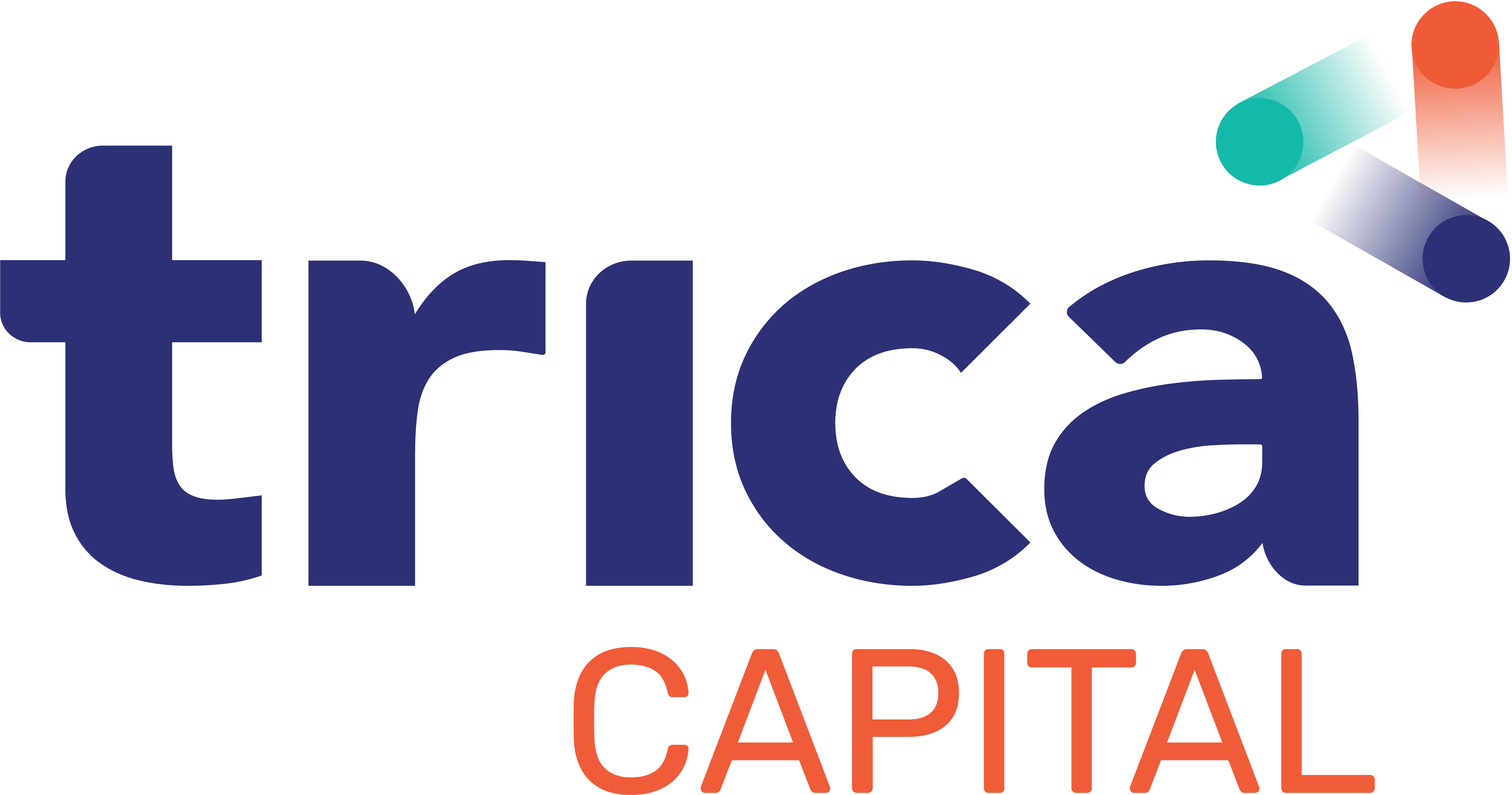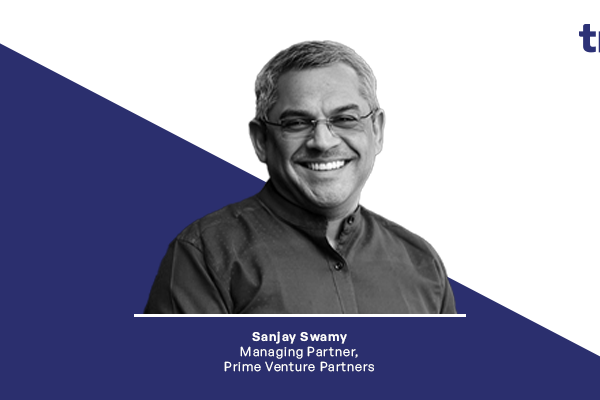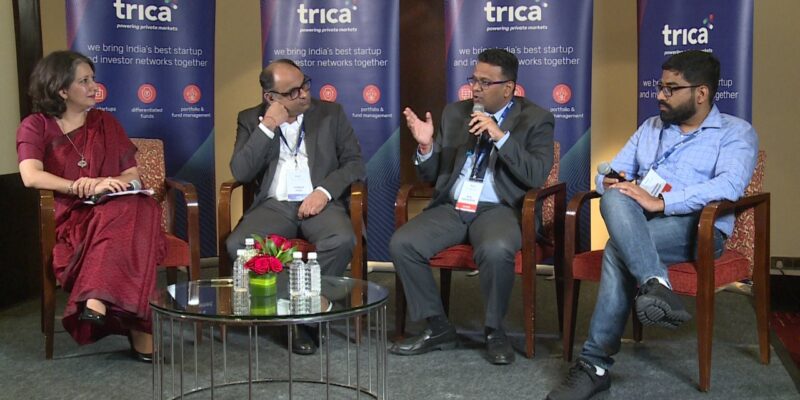
What do investors want from private markets? Find out here.
What do investors want from private markets? Honestly, it is not rocket science – returns! But the definition of “returns” varies from investor to investor, especially family offices and VCs. It’s easy to say different strokes for different folks but does it mean when there is real money and enterprise building involved? The first edition of trica’s Inner Circle – an exclusive forum for peer-led conversations on private markets – was held in Bangalore a few days ago. The event included a panel discussion on private markets with Ravi Dharamshi, Founder of Value Quest; Prayank Swaroop, Partner at Accel; Jignesh Vora, and Syna Dehnugara, of trica capital.
Edited excerpts:
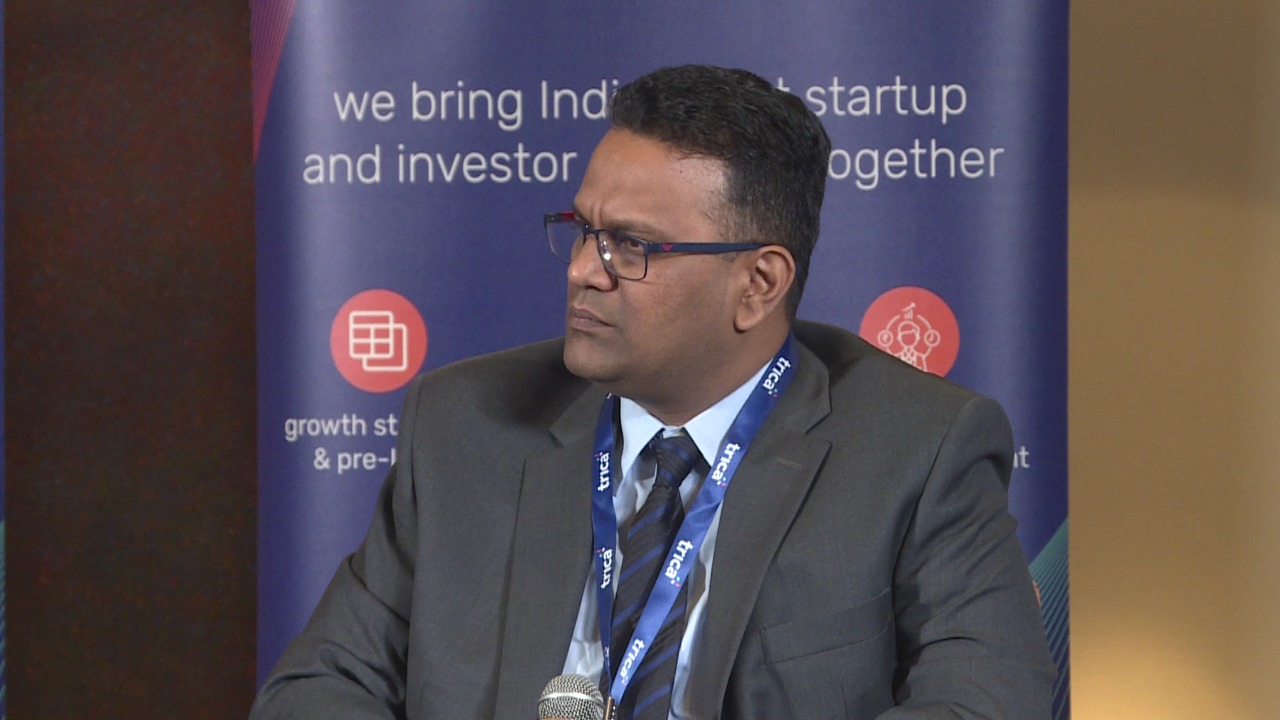
Ravi Dharamshi, Founder of Valuequest Investment Advisors
Syna: Ravi, can you give us a sense of how the corpus of investable money should be split? Do public markets, private markets, real estate, etc. weigh equally to investors nowadays?
Ravi: I come from a school of thought that – ‘Do not have more children than you can handle.’ Don’t spread your portfolio too much. We like concentration in our portfolio. But asset allocation is a far more important decision than deciding how many companies to invest in.
Private equity has been around for the last couple of decades, but it has really come into its own in the last few years. The earlier infatuation with real estate is now dwindling, and some of the assets are getting reallocated to private equity. Listed equities were already relevant, because most of the family offices have some amount of operational business and are already listed. So, they have enough exposure to the listed market. Now private equity is gaining prominence.
Syna: Prayank – do you think that with fewer startups in your portfolio, there is more scope for investors to be patient and wait for startups to show profit?
Prayank:Patience is not going to happen, because we also have LPs, and our funds have a lifecycle. Earlier, Mr. Ullas Kamath (former JMD, Jyothy Labs) said that startups should go public only after seeing profit for 12-16 quarters. But, companies usually take 12 years to make profit; so we can’t wait another 4 years (16 quarters) to exit (laughs). We are thinking of 7-8 years to exit because that is the fund cycle.
I have been investing for 11 years and I see change. It is now easier to become profitable in India; companies are scaling faster. Our own portfolio has a large number of companies which are making substantial revenues in India and the US and are profitable.
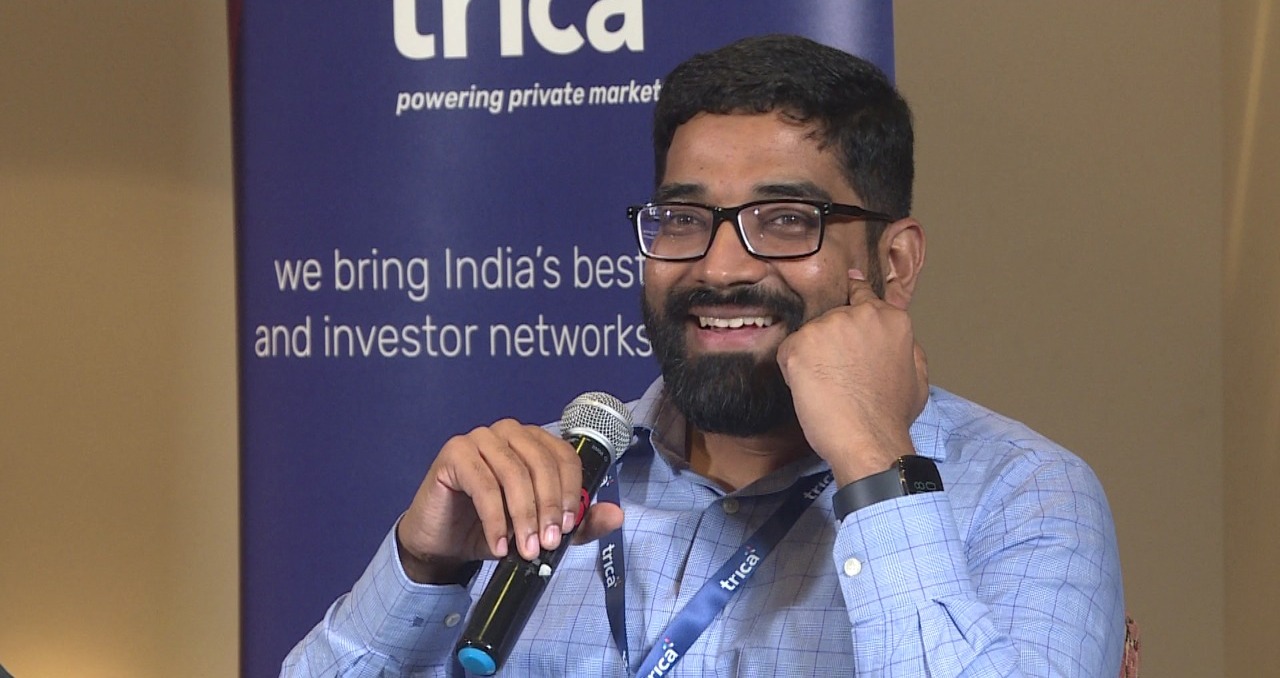
Prayank Swaroop, Partner at Accal
Syna: Jignesh – trica does everything from Series A to pre-IPO opportunities by way of either primary transactions or secondary allocations. What are investors asking for?
Jignesh:Typically, we have two types of investors. Some have been investors in private markets through funds for a while and have now matured; they are now looking to go direct. They are stage-agnostic, because they understand that value will be created across the whole spectrum.
The second category of investors are people who started investing recently. They invest a little amount directly and tend to prefer later stage companies that are more stable, typically at Series D, E or pre-IPO Once they wet their toes, then it’s all about “seeking the alpha” from early stage companies typically at pre-Series A to Series B.
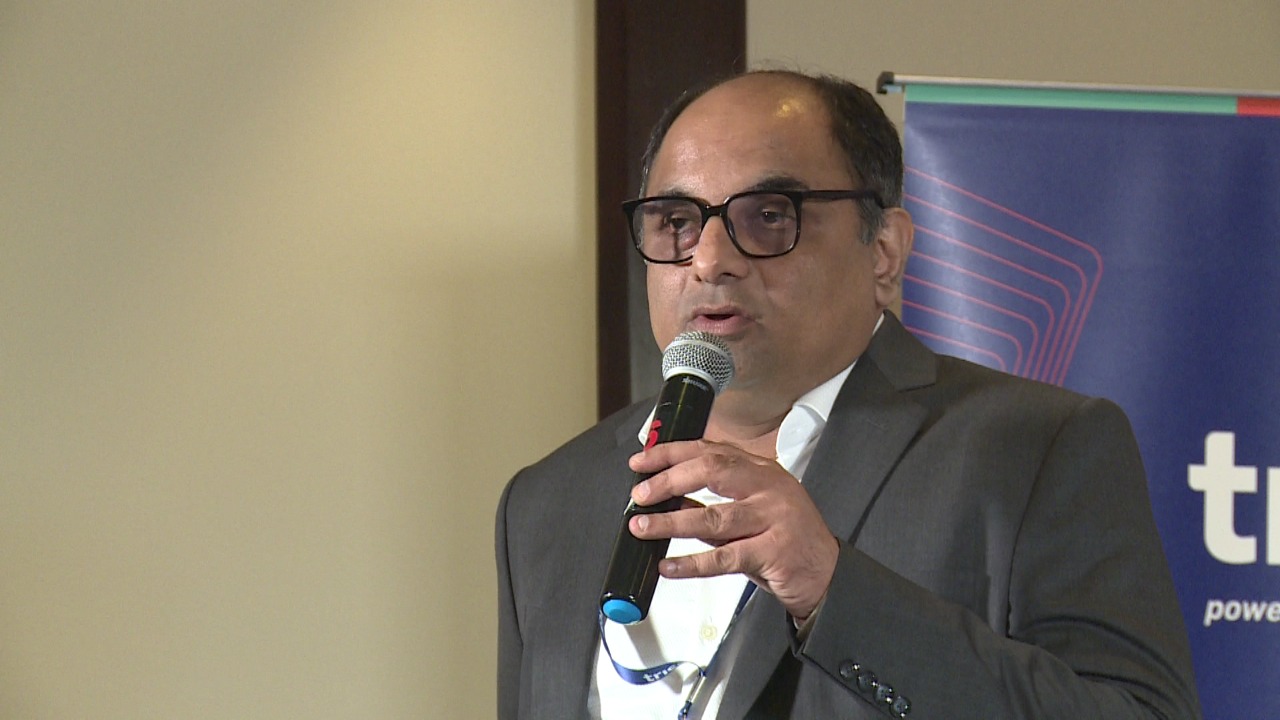
Jignest Vora, President of trica
Syna: Prayank, after angel rounds, founders usually forget that there are UHNIs or family offices who have the cheque writing capacity and gumption to participate. How open are founders now, at the growth stage, to explore taking capital from family offices and UHNIs? And what value do they seek from these investors?
Prayank: I think there is a very big attitude shift. Ten years ago, there was scarcity of capital. If an angel investor would invest, startups had to take that money. But in the last 3-4 years, people from Flipkart, Paytm, etc (who made money via ESOPs) started investing heavily in startups. Founders also actively sought them out because they felt that these angels could connect them to funds like Tiger Global or Sequoia Capital. They seek advice from people who have done business in their sector in the traditional industry so that they can leverage their network for advice.
When I do a $2 million investment, I tell the founder to keep aside roughly 10% of the round for angels. And we scout together for UHNIs and famil;y offices in India and abroad, who are relevant for the founders. If they’re not able to fill that round, then I will do it myself. But founders should invest time and energy finding these investors.
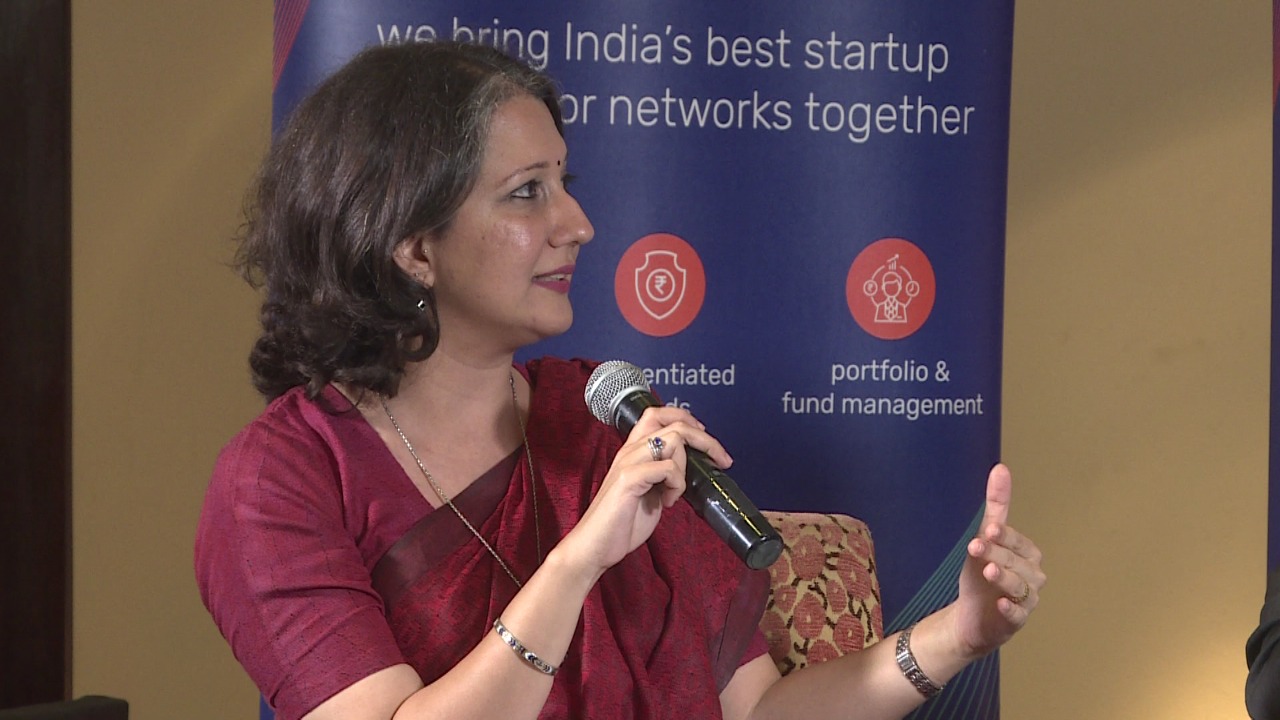
Syna Dehnugara, Head of Branding & Marketing at trica
Syna: … and when you find those angels or family offices, what do you and the founder look for? Do you make co-investment opportunities available for LPs as well?
Prayank:Each company is different. If I need access to, say, the pharma supply chain, we’ll make a wish list of 30 names, out of which five or six will talk to us. We are seeing that traditional promoters and business families are excited to be part of this tech-led startup story.. We now have a list of 50-100 such investors that we work with for our Accel portfolio.
Syna: Coming back to you Ravi, when you’re looking at growth stage companies, especially to invest in, what do you look for? What are some of the questions that you ask founders, and why do you ask those questions?
Ravi: Opportunity, people, and valuations: primarily, these are the three things that you look for whether it is a public or private company. In private companies, people (in the leadership) are the most important because they are the ones who are going to finally execute the plan. Strategy, opportunity, size, all that matters but if the person doesn’t have it in him or her to build a team, to pivot when required, to find a solution; then it’s a red flag..
I like to understand what drives the person. Why is he doing this? Is this his sole purpose in life? Is this what he is living, breathing, day in, day out? I cannot ask these questions directly; but it is for me to judge.
You need not be profitable for “16 quarters”, but you need to reach a stage where you don’t need any more fundraise. If they have cash flows to sustain themselves, I’m okay. Amazon took a lot of time before they finally made a profit, but they’ve always had cash flows to sustain themselves.
Syna: Prayank, how many startups caught your attention in 2020-2021? Do you do more diligence now? Last year everyone was driven by FOMO and were writing cheques fast. But have things changed now? What do you see for 2022-2023?
We’re starting to see exits happening in India now – small ticket exits and those worth $50 million. That’s great for the ecosystem. But as a VC, it creates a problem for me, because a 30-year-old founder who’s able to sell his company for $30 million, and is getting $5 million, is willing to sell early. In fact, I have seen people at the age of 50 sell quickly too.
In this kind of market, the questions I ask founders:
- Why did you make this decision? How deep have you thought about it?
- You want to have a tech company, which is a common fad now; why?
- What are the problems you’re gonna face with this model?
- How are you going to check with somebody underperforming?
Many are unable to answer these questions. And they get irritated and say, “Why are you asking me so many questions, especially for a small cheque?”
That’s a good indicator of the person’s gumption.
The second most important question is whether this person can go through adversity without losing hope. In India to build a big business you need time and back breaking hard work. Hence the mental strength of the founder is very important.
When you feel enough is enough, how do you communicate for the first time that you don’t want it to continue?
Prayank:
We have this motto: don’t give up before the entrepreneur does. There have been cases where the entrepreneur is giving up, and we think the business is fine. At that time, we definitely counsel them and support them. The problem is where we have lost faith in the business, and the founder wants to continue. And that’s a very hard conversation, because the founder feels betrayed at that point. But as investors, it is best to step up and call a spade a spade because otherwise it just prolongs the pain for all of us.
Syna: Funds like Accel and Sequoia have raised over $15 billion to invest in India. That is a good sign; but it’s all foreign capital. What’s the disruption you want to see in the Indian VC landscape?
Prayank:
When I joined Accel, the amount of venture capital funding which was raised was $600 million a year. Last year, $40 billion was invested in startups. That just tells you the growth story of India. We’ll see more and larger funds set up in India too. We don’t have a lot of growth funds today that have raised domestic capital but domestic capital participation is increasing significantly. At some point of time, we’ll see global funds start doing rupee denominated funds as well.
Syna: Ravi, between the listed market and the private market, which one do you find riskier?
Ravi: In the public market, there is no way that you can lose money if you’re invested for a long time. But the risk management is at the time of allocation. As a VC in private markets, you have to find areas where you understand what you’re buying. Don’t invest in a space which you don’t understand.
